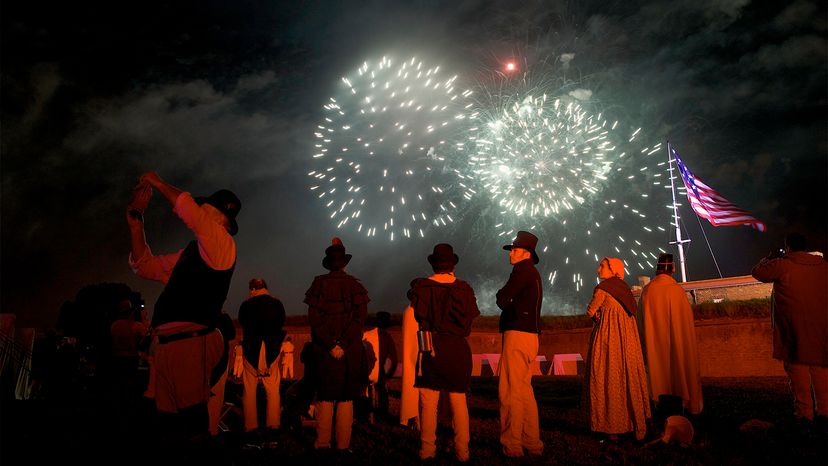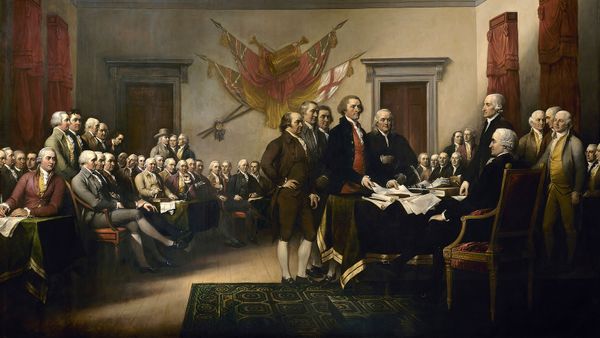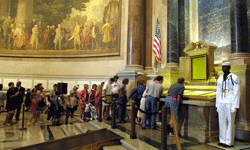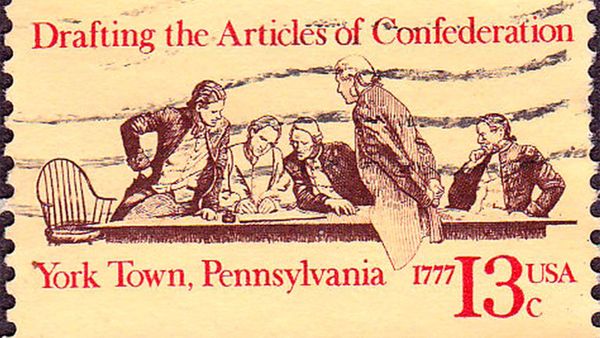
Americans tend to be pretty interested in the Civil War, World War II and Vietnam. But ask someone about the nation's second big armed conflict, the one that occurred just a quarter of a century after the Revolution, and you may get just a perplexed shrug in response.
"I think that what most people know about it — if they know about it — they know just two or three things," explains Willard Sterne Randall, a Professor Emeritus and distinguished scholar of history at Champlain College in Vermont, in an email exchange. "They think of 'The Star-Spangled Banner,' Dolley Madison saving Washington's portrait from the British and Andrew Jackson winning the battle of New Orleans."
Advertisement
And that's a pity. As Randall details in his 2017 book "Unshackling America: How the War of 1812 Truly Ended the American Revolution," the largely-forgotten conflict actually was one of the pivotal moments in American history. It was a war in which the Americans brashly took on the British Empire in a rematch, partly to resolve lingering grievances but also with the ambitious aim of seizing Canada, and instead came perilously close to a catastrophic defeat that would have endangered the very future of the United States. Fortunately, though, the Americans — despite suffering the indignity of having invaders torch the capital city — managed to fight the British to a stalemate. The conflict ended with a peace treaty in which the U.S. didn't have to give up any territory and retained the ability to expand westward, and the British had to accept the U.S. as a truly separate nation and trading power.
As Randall explains, the War of 1812 really was the culmination of one long conflict that had started with the Revolution. "They're connected, because the Revolution only assured political independence," he says. "It did not guarantee the economic survival of the United States." As a result, "there was a long period of confrontation, before it broke out into actual warfare again."
Even after the Treaty of Paris was signed in September 1783 to end the Revolutionary War, relations between the U.S. and Great Britain remained tense, with the British viewing the Americans as commercial rivals. In the early 1800s, Americans' grievances crystalized into several main points. First was freedom to trade. The U.S. became caught in the war between the British and Napoleon's French empire, with both powers trying to restrict the Americans from trading with the other. Eventually, the French relented, but the British wouldn't. "[The U.S.] wanted to stay a neutral country, so we could trade with anybody," Randall says. "But the British did not believe in neutrality."
Second, the Americans also were angered by the Royal Navy's practice of impressment — that is, boarding American merchant ships and seizing sailors who it claimed were British deserters. Americans saw impressment as a sign that the British didn't respect the U.S. as an equal among nations, but instead as a former colony that it could bully. To add to the insult, the British also didn't respect the right of sailors to give up being British subjects and choose U.S. citizenship. Finally, the British also supported the American Indians who were resisting U.S. expansion along the western frontier, in part to protect themselves against Americans gaining control of the fur trade.
But in addition to settling those differences with an armed conflict, Americans also saw an opportunity to seize Canada from the British and make it part of the U.S. It was an American aim that had first surfaced during the Revolutionary War, when Benedict Arnold helped to lead an unsuccessful 1775-76 invasion of Canada. Unfortunately, the lesson of that debacle hadn't sunk in. One vociferous advocate of a Canadian invasion was former President Thomas Jefferson, who proclaimed that taking the lightly-defended British colonial possession "will be a mere matter of marching."
Advertisement


